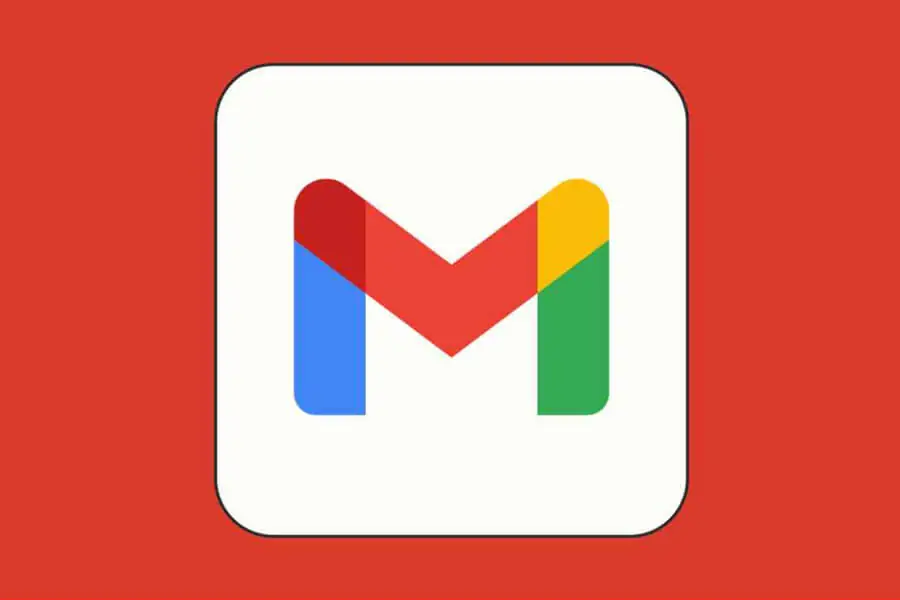2024 How to avoid email hacking


Businesses are often targeted by hackers through emails or inquiry forms; in this guide I will show you some simple ways that you can reduce your exposure to these risks
Table of Contents
Viruses, Malware & Phishing – Definitions
Viruses
A virus is “a piece of code that is capable of copying itself and typically has a detrimental effect, such as corrupting the system or destroying data.”
Malware
Malware is: “software that is specifically designed to disrupt, damage, or gain unauthorized access to a computer system.”
Phishing
Phishing is: “the fraudulent practice of sending emails or other messages purporting to be from reputable companies in order to induce individuals to reveal personal information, such as passwords and credit card numbers.”
1. Check the name & email address
The sender’s email address is one of the first things that you should check. If the sender says they are from a company but their email address ends with gmail.com, hotmail.com. or .ru (Russia), then it is possible that they are not real customers. Also check the spelling of the company name in the email address to make sure the sender is not trying to deceive you by misspelling a famous company name:
Fake: john@microsoftusa.com
Real: john@microsoft.com
Check the name of the sender. If the name looks unusual you could check the company website to see if the employee is listed there.
(Spam filtering systems such as the one that we use for our customers can be set up to automatically block any inquiries from certain types of email addresses to avoid this type of hacking.)
2. Do not download attachments
Attachments are a risk, so you should not download them from anyone you do not know. If attachments are sent as a link to a cloud drive such as Google Drive or Dropbox, do not download them at all. Not all cloud drives are able to check for viruses and malware in attachments and they are commonly used by hackers to distribute viruses. Dropbox is especially dangerous as it does not check files stored on its servers.
If you need customers to send files to you as a part of the initial inquiry process this can be done safely through a separate upload button. The files will be sent to a separate cloud drive where they can be scanned before you can access them. You can talk to your web hosting/design company about this.
(We advise all customers to allow us to block attachments to inquiry emails to protect their systems from this type of attack and we implement security for all our customers to protect from viruses and malware in attachments.)


3. Do not click links in an email from a new sender
Hyperlinks in inquiry emails are especially dangerous and you should never click them. It really is that simple.
(In our GlobalSense spam filtering system for customers we do not allow any links to be sent in inquiry emails to help protect our customers from this type of attack.)
4. Keep your software up to date
Make sure that you have up to date antivirus software installed on your computer. Many software programs have regular updates and if they are not installed then your system can be more vulnerable to viruses and malware.
It is also important to make sure you keep your operating system and web browsers up to date with the latest security fixes. These should be set to update automatically as soon as security fixes are available as these are the most common targets for hackers.
5. How to report suspicious emails
If you do receive suspicious emails you can forward them to this email address.
You do not need to write anything, Just forward the email directly to that address. This allows them to be checked and recorded to help others from becoming victims of these hackers.
If you would like to find out more about GlobalSense and the services we can provide to your business, please contact us.
